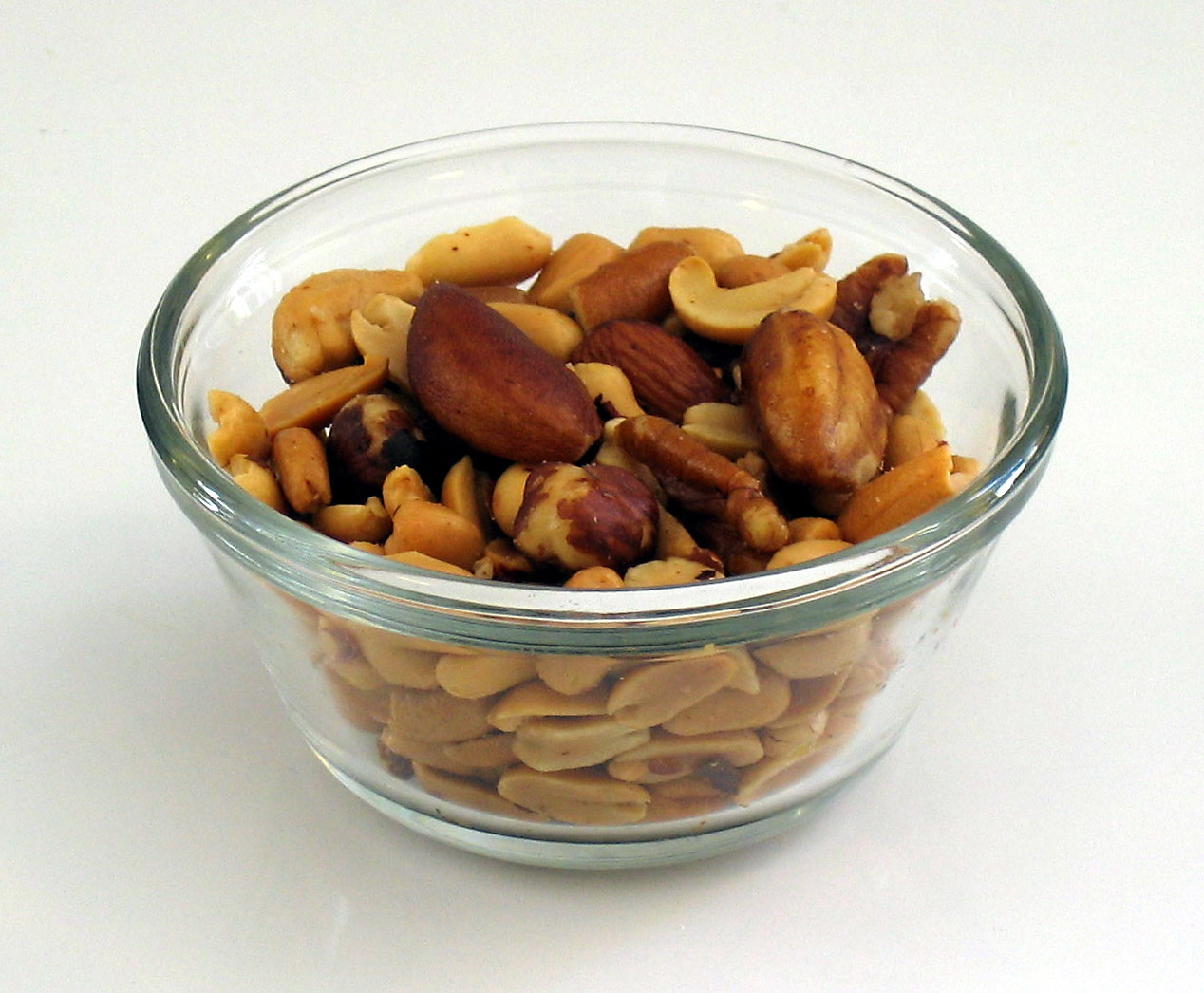It is kinda fun watching folks try to wrap their heads around dynamics. Dynamic systems do lots of counter intuitive things. Since the "CO2 is heavier than "air" how can it get up in the atmosphere?" Turbulence is the short answer. Turbulence is the most confounding part of dynamics.
The photo from Wikipedia is just a bowl of mixed nuts. Because of the Granular Effect aka the Brazil Nut Effect, larger, heavier objects tend to rise to the top of a mixture when shaken. The cause of this "phenomenon" is basically inertia. Larger object have greater inertia than small objects in general. When a larger object is at rest under the force of gravity, it can't go down but it can go up or to the sides. Once it randomly is jostled up, a smaller object with less inertia has a greater probability of filling any space vacated by the large, slow object. The size and mass of the larger object then "traps" the small object(s) once gravity returns it to it lowest energy level, at rest on top of the little guys.
Both CO2 and the Brazil nuts are heavier than their neighbors. As long as there is no jostling, they will stay at their lowest energy level. There are also degrees of jostling. If the jostling is gentle, there is less probability of the Brazil nut or CO2 molecule, being "promoted" to a higher energy level. This is similar to laminar flow or smooth flow where less mixing is likely. More jostling increases the probability of promotion which would be like turbulent flow.
The moral is; in dynamics even gravity can be a pain :)

No comments:
Post a Comment